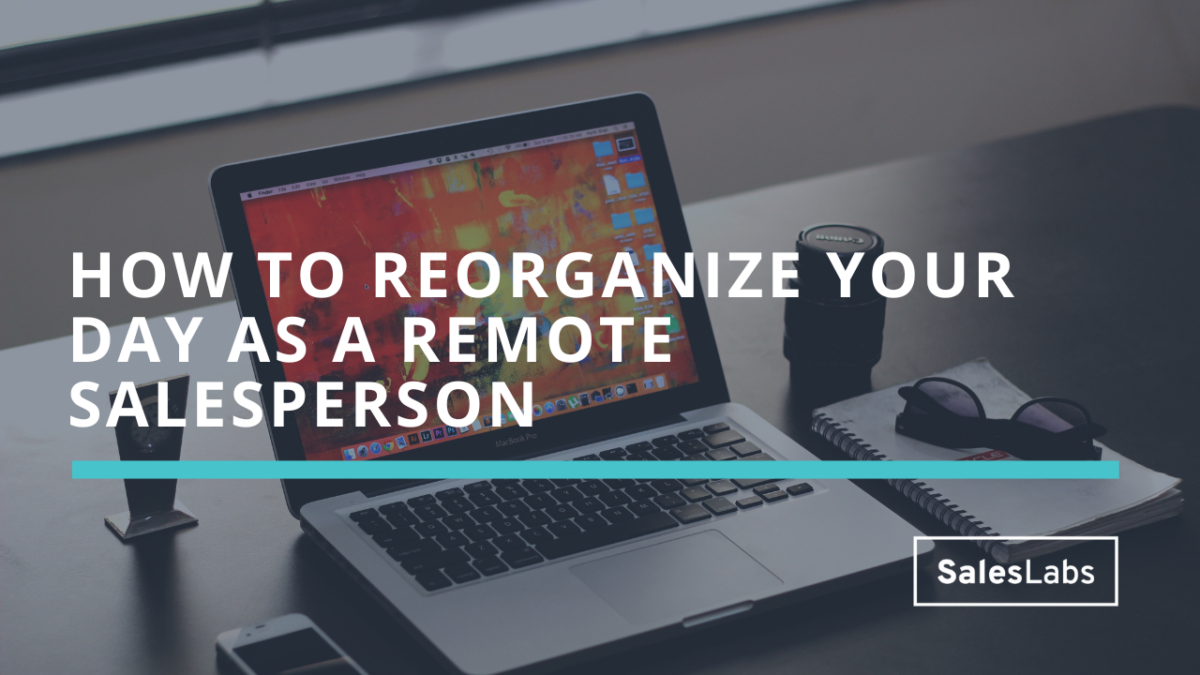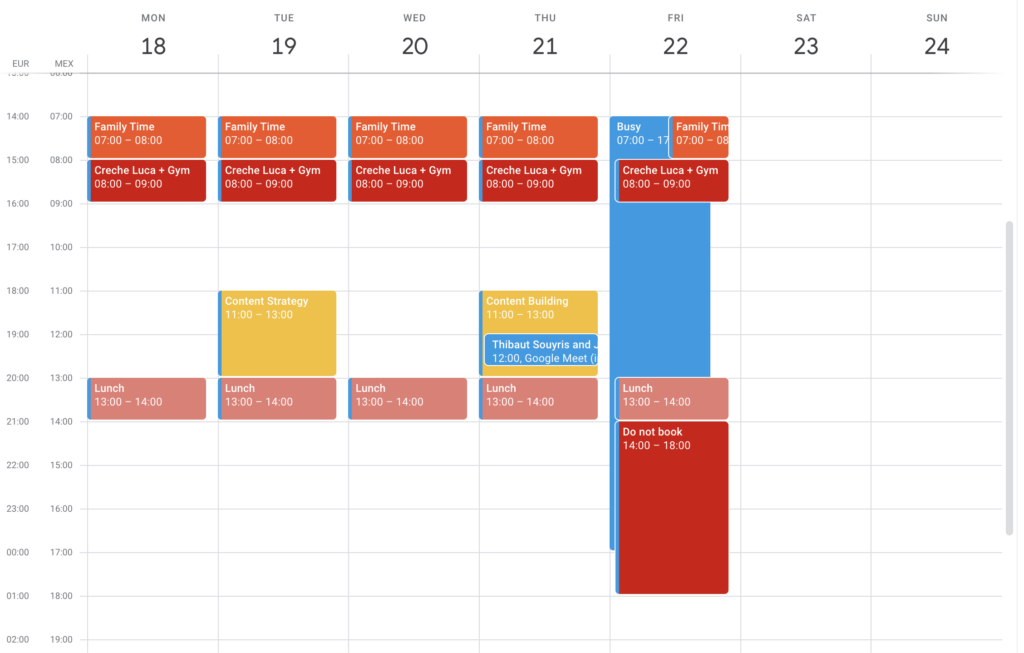A simple framework to prioritize inbound leads
In today’s newsletter, I’ll share a useful prioritization framework if you have to deal with inbound leads. It comes from a 1:1 coaching session we did with a customer who is dealing with an important flow of inbound leads.
It may come as a surprise, but inbound leads aren’t always worth pursuing. This framework will help you understand where to put your effort.
Here’s how, step-by-step:
Step 1: Score your leads
Before contacting a lead, you need to give it a score. A score is related to the behavior of your lead. Everything from website visits, webinar signup, demo request, and so on.
There are countless intent-signals and triggers you can use to score a lead. For example, your marketing team may send you unprioritized leads lists with details about their activity. A lead who signed up for a webinar 3 months ago has a low score. They most likely aren’t in the market for your solution.
On the contrary, a lead who visited your website 10 times in the last week, downloaded more than 3 resources, and has been viewing the pricing page a few times has a high score.
Step 2: Grade your leads
Second dimension of our matrix is the grade of a lead. The grade has to do with the profile of the lead. Look at the firmographic and demographic data about the lead. What company are they working for, what’s their job title, have they recently switched jobs?
All this data will give you a good understanding of the quality of the lead. For example, an intern at a shady company on the other side of the world has a low grade. On the contrary, the CRO of a multi-million dollar tech company has an excellent grade (if you’re selling to this type of people).
You can build an ICP Matrix if you want to have a benchmark to help you grade leads.
Step 3: Prioritize your leads
Meet the Inbound Lead Prioritization Matrix

As you can see, the vertical axis represents the score of the lead. Bottom is low, top is high. The horizontal axis represents the grade of the lead. Left is low, right is high.
Let’s work with 4 different examples.
In our first situation, you receive an inbound lead that has requested to be contacted for a demo. Upon additional research, you find out that this lead is working for a tier 1 account.
- Score: High
- Grade: High
- Priority: Contact 1st (top right quadrant)
Now you receive an inbound lead who attended a webinar 6 months ago. You do some additional research and find out that this person is the CRO of a tier 2 company.
- Score: Low
- Grade: High
- Priority: Contact 2nd (bottom right quadrant)
You receive an inbound lead who is requesting to be contacted for a demo. After some research, you see that the lead is an intern for a company without a LinkedIn profile
- Score: High
- Grade: Low
- Priority: Contact 3rd (top left quadrant)
Finally, you receive an inbound lead that has downloaded an eBook a year ago. This lead is an individual contributor for a company outside of your ICP.
- Score: Low
- Grade: Low
- Priority: Contact last (bottom left quadrant)
With this matrix, you’re able to take an inbound lead list and assign a priority to each lead based on their demographic and behavioral data. This will help you focus on deals that will create more impact and get you closed to reaching your targets.
Hope this helps.
Cheers,
Thibaut
P.S. I’m doing a Black Friday deal for my first online course, The New Outreach System. It’s the first online course I launched, but I realized my customers were able to book more meetings because this course was focused on the fundamentals of human psychology, not AI tools and gimmicks. Grab it for 50% off before Friday with code “LO2140K”.
P.S. When you’re ready, here are 3 ways I can help you:
Subscribe to the Newsletter
Get my free, 4 min weekly newsletter. Used by 5.400+ salespeople to book more meetings and work when, where, and how they want.
Subscribe to the Newsletter
Get my free, 4 min weekly newsletter. Used by 5.400+ salespeople to book more meetings and work when, where, and how they want.



